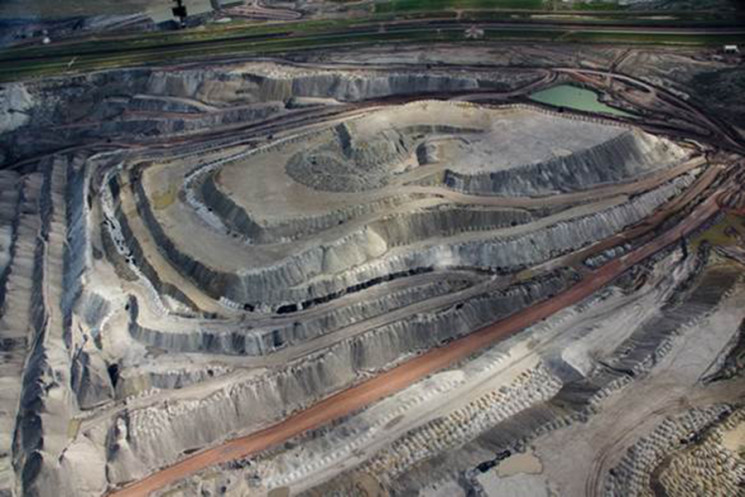It turns out that if the US takes its commitments under the Paris climate agreement seriously -- the ones where we pledge to limit global warming to well below 2 degrees centigrade so as not to fry the planet -- there is too much coal.
Standard markets rationalize capacity based on price signals. If folks overbuild and prices collapse, shareholders may suffer but the general public doesn't care much.
With fossil fuels, the dynamics are not the same. Because the ghg aspect of production is not integrated into prices much at all yet, overbuilding on the basis only of projected coal prices can cause some big problems for the rest of us. Both coal mining and coal burning infrastructure are capital-intensive and long-lived. Creating excess capacity now can lock us in to far too much ghg emissions for decades. Thus, it is useful to assess alternative mechanisms for constraining supply.
This paper, produced together with the Carbon Tracker Initiative and Energy Transition Advisors, looked specifically at existing federal coal leases within the Powder River Basin (PRB) of the United States. The PRB coal comprises almost all of the federal coal being produced today and a large portion of coal from all sources within the United States.
There is already a moratorium on new federal leases within the PRB, but it is temporary. We evaluated whether making the moratorium permanent would be feasible without triggering large scale market dislocations. Turns out, existing leases are adequate to supply the needed coal through 2040 in the 2 degree scenario. The logic for making the moratorium permanent is strong.
Key Findings
- Reserves at existing mine leases are more than sufficient to meet 2°C demand through the IEA 450 scenario timeframe of 2040.
- The Bureau of Land Management does not need to issue any new leases to meet demand in the review period.
- Some production from existing mines will be surplus to requirements. Closure and reclamation of existing operations will need to be fully funded by the operators.
- Comparison with the (non‐2°C compliant) EIA AEO Reference case implies that new leases will enter meaningful production in 2031 under a BAU scenario.
- We therefore recommend that, to be consistent with the Administration’s aspirations at COP 21, the current short-‐term moratorium on new leases within the PRB be extended indefinitely.
- A review of other studies shows that PRB specific policies will result in net savings to CO2 emissions despite some substitution with fossil fuels from other sources.
The full paper can be accessed here.
UPDATE, August 10, 2016: Nice coverage of this study by Dave Roberts in Vox.


